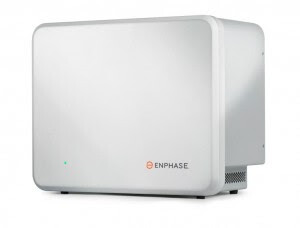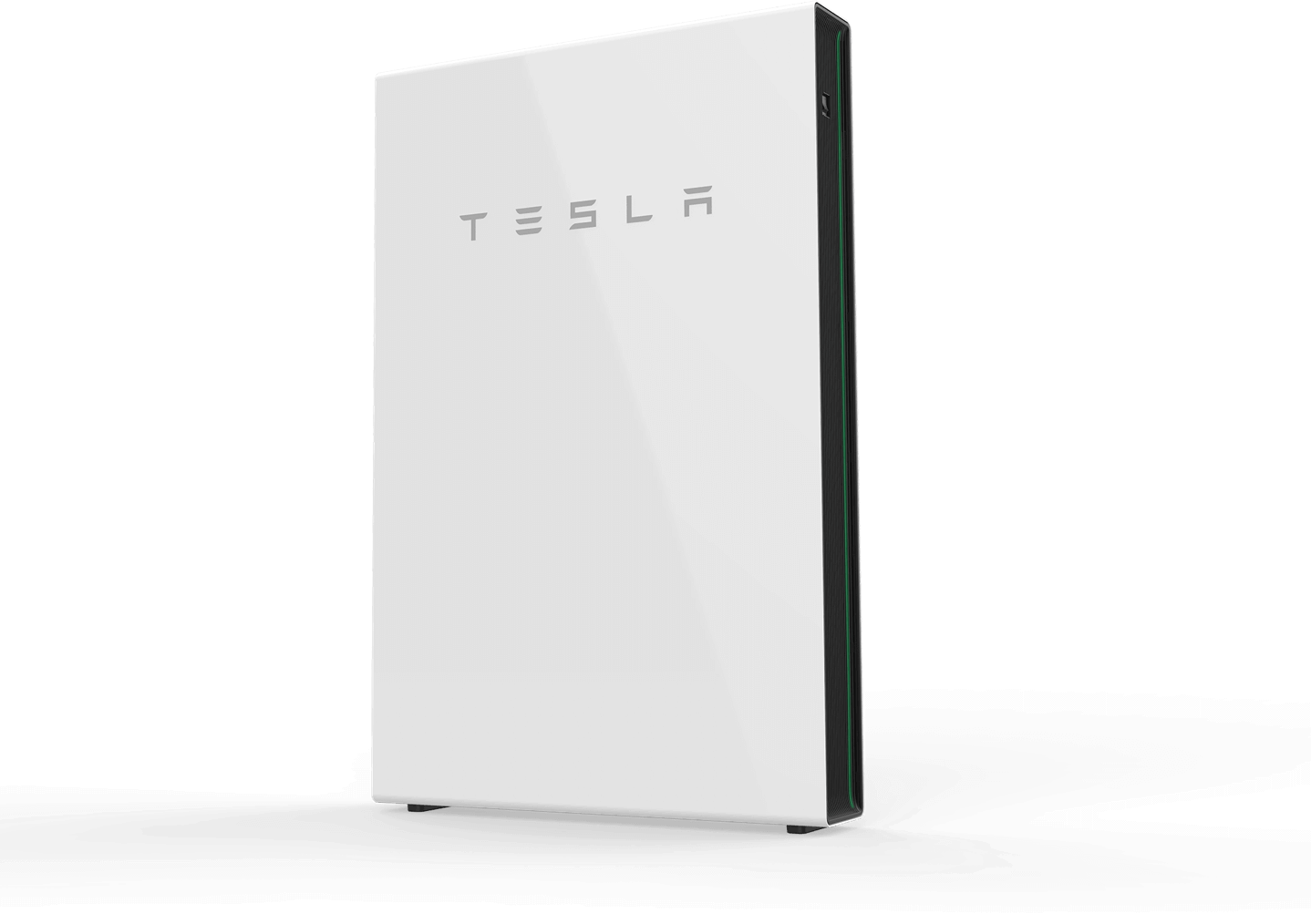If you’re considering installing battery storage for your grid-connected home, you probably find yourself in one of two situations:
- You’ve already got a solar PV system on your roof and want to add batteries to it (possibly with the addition of a few more solar panels), or
- You don’t have solar yet, so you’re going to install both solar panels and batteries simultaneously.
Depending on which of these categories you fall into, your options will be different, as will the financial attractiveness of getting batteries.
Compare battery storage options in your area
Compare Solar & Battery Quotes
You’ve already got solar. What are your battery options?
Remember that if you have access to a state-sponsored, legacy solar feed-in tariff, adding batteries is probably not in your best interest.
1. Add on batteries (and no extra solar)
If you’ve already had solar for a few years, your system is probably relatively small by today’s standards – most likely between 1.5kW and 3kW in capacity (as opposed to the 4kW–5kW systems more commonly seen these days).
Let’s say that you have a 2kW solar system already installed on your roof, and you know for a fact that you don’t want to increase its capacity (e.g. because you don’t have any viable roof space left, or because your household energy consumption is so low that you see no point in getting a larger system). But you know that you want batteries. What are your options?
- If your system is already at least five years old, consider replacing the existing inverter with a ‘hybrid‘ or ‘multi-mode’ inverter that supports both solar PV and batteries. Depending on which inverter you choose, there are a range of battery products that could be added on. This is generally the most cost-effective way to go about adding on batteries.
- If your system is only a year or two old, it’s doubtful that you’ll want to replace your existing inverter, which is probably still under warranty. In this case, you can have your battery bank installed with its own dedicated inverter (this is sometimes called a ‘two box’ solution). Alternatively, some batteries are designed to be retrofitted ‘behind’ an existing solar inverter (without the need for an upgrade/replacement), while others (such as Enphase’s AC Battery) are modular and have their own inverter built in. These options tend to be a bit pricier than the simultaneous inverter swap/battery install described above – unless you had the foresight to opt for a ‘battery ready’ inverter when you initially had your system installed.
The important thing to keep in mind in both of these situations is that you’re likely to want to choose a battery bank with a relatively small storage capacity. Smaller battery banks come with less of an up-front cost and are more likely to have shorter payback periods than their larger counterparts, thanks to the fact that it’s easier to fully utilise their capacity every day (and possibly more than once a day).
Enphase’s AC Battery is proving to be a popular retrofit option in Australia thanks to its modularity and small size. (Image via Enphase Energy.)
2. Add on batteries plus more solar panels
If you do have some extra roof space available, adding more panels along with some batteries could be the way to go – especially if your primary aim is greater energy independence. In fact, this is turning out to be one of the most popular approaches to battery retrofits that we are seeing here at Solar Choice.
In order for a larger battery bank to make sense for a home, the attached solar system should have enough capacity to easily fill the batteries up to the brim – preferably even during the short days of winter. Solar PV is affordable in Australia, so adding excess solar capacity can still make financial sense even if you don’t use 100% of the energy they produce.
Battery prices, meanwhile, are still just a bit too high to be a ‘no brainer‘ for most grid-connected homes (although they’re already starting to be attractive). So if you have the will and budget to add batteries, you can probably also justify adding a bit more solar at the same time.
The options for retrofitting solar and batteries do not differ significantly from adding batteries alone. They include:
- For systems installed around five years ago, it makes sense to replace the existing inverter with one with a larger capacity that is also capable of supporting batteries. Keep in mind, however, that in this instance it may be necessary for the installer to bring all aspects of the installation up to current standards – which could cost a bit more than a simple inverter replacement. (Ask your installer about this.)
- For systems installed one to two years ago, it might make sense to install a separate, second system with a hybrid inverter and battery bank of its own, as it wouldn’t make sense to replace an inverter under that is still under warranty. In this case, a battery bank sized to work with the second system is probably the best option. An alternative path would be to install a second, separate solar system with its own dedicated inverter (or microinverters), plus a battery bank with its own dedicated inverter (in total, a ‘three+ box’ solution?). But keep in mind that a greater number of components and more complexity will usually be accompanied by a higher price tag.
Tesla’s Powerwall 2.0 is a 14kWh battery bank with its own built-in inverter. It could be a popular retrofit solution for homes that also want to expand their solar arrays. (Image via Tesla.)
You don’t have solar yet. What are your options?
If you don’t yet have solar on your roof, you’re in an excellent position to pick and choose not only your solar system size, but also the size of the battery size to go along with it. While high a high degree of energy independence is already tenable for grid-connected homes who invest in solar & storage, to be prudent, many are likely to opt for modestly-sized battery banks.
The configuration options for a solar-plus-storage system are effectively unlimited, but essentially boil down to one of the two following choices:
- A system with a hybrid inverter than handles both the solar and the battery bank (a ‘one box’ solution); or
- A system with separate, designated inverters for the solar panels and the battery bank (a ‘two box’ solution).
Depending on which installer you’re dealing with and what products they offer, both routes may be cost-competitive with one another; neither is inherently ‘better’ than the other. The best solution will of course ultimately be up to your home and your preferences, but sizing the solar system will be the easier part of the equation.
We recommend choosing your solar system size first, and then making a decision about the battery later, as the solar is the part of the system that is most important in ensuring a good return. From there, you can opt for a small battery bank that will help you to shave a bit off your bills, or a larger one that could enable you to make your home virtually grid-independent for most days of the year.
Compare solar & battery storage quotes for your area
Compare Solar & Battery Quotes
Check out these useful resources:
Learn more about battery storage: Check out our Battery Storage 101 page
Try our Solar & Battery Storage Sizing & Payback Estimator Tool or our Battery Retrofit Sizing Estimator Tool
Check out our Battery Storage Product Performance Comparison Tool
© 2017 Solar Choice Pty Ltd
- Solar Panel Costs: Solar Choice Price Index | April 2025 - 1 April, 2025
- Solar Panels For Homes – All You Need to Know About Solar Systems - 18 March, 2025
- Best NSW Solar Feed-In Tariffs - 17 March, 2025

